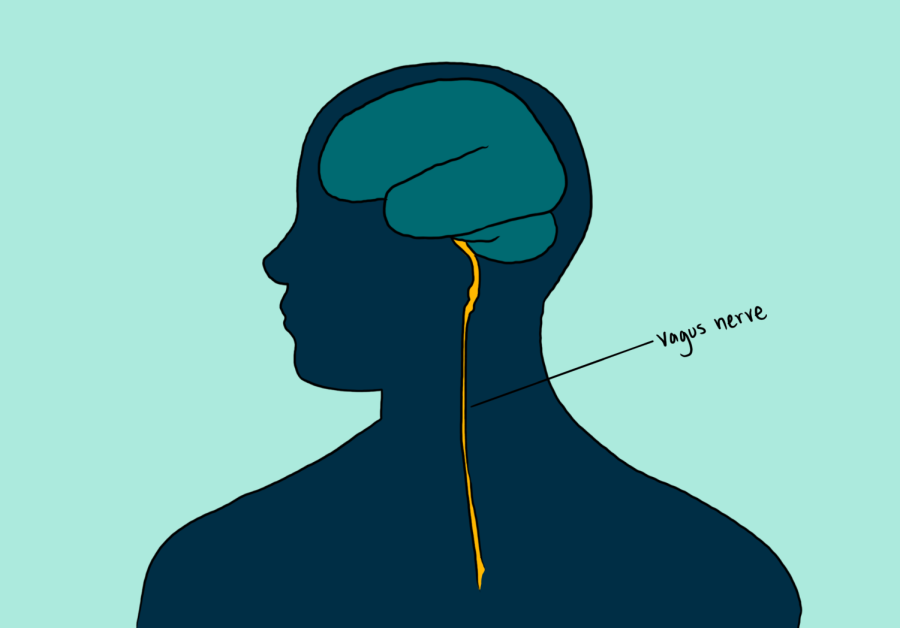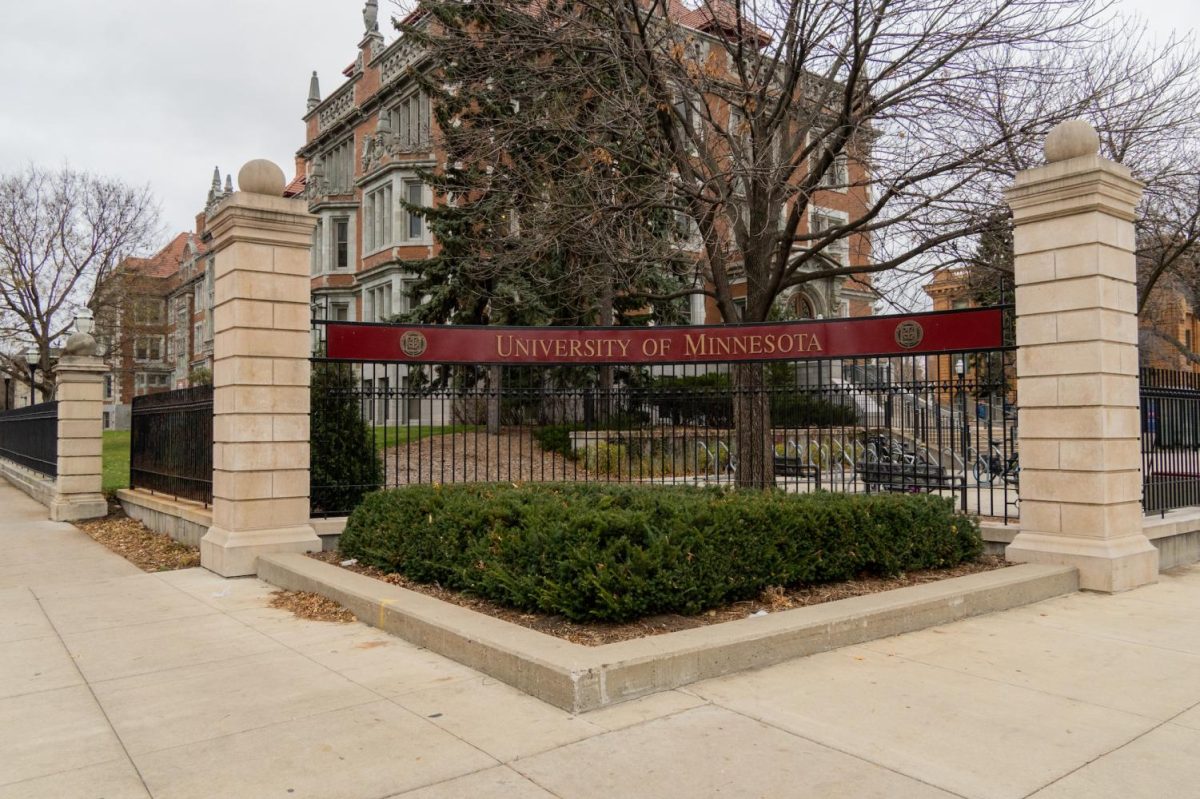A group of University of Minnesota researchers is leading a global study to research the impacts of vagus nerve stimulation (VNS) on the human body, aiming to compile one of the largest datasets of VNS functional effects.
The National Institutes of Health awarded the group $21 million for the Research Evaluating Vagal Excitation and Anatomical Links (REVEAL) project in October. Led by faculty from the University’s Medical School, the College of Science and Engineering and the School of Public Health, REVEAL will examine how VNS impacts multiple functions of the human body.
Aside from gaining popularity as a trendy nerve on social media due to its ability to help quell anxiety, the vagus nerve serves other purposes in the body.
Meaning “wandering” in latin, the vagus nerve is part of the autonomic nervous system, which controls basic functions, including heart rate and digestion. Emerging from the brainstem and running down each side of the body, the vagus nerve transmits information between the brain and most organs.
VNS uses a device similar to a pacemaker to transmit electrical impulses that stimulate the left vagus nerve. While VNS is a Food and Drug Administration approved treatment for epilepsy and depression, scientists know little about its other potential impacts on human health. Through the study, researchers will examine VNS’s impacts across the body.
“The activity of this nerve is important to health,” University Medical School professor and REVEAL principle investigator John Osborn said. “Potentially, this [VNS] can be used for treating metabolic diseases like diabetes, obesity, hypertension and inflammatory diseases, but it hasn’t been studied in humans.”
Over the course of three years, the clinical study will examine 144 participants with implanted VNS devices in four-month windows. Two-thirds of these participants will be newly implanted with the devices, according to University Medical School professor and REVEAL principle investigator Ziad Nahas.
Researchers will observe multiple bodily responses to VNS and monitor various factors, including participants’ immune systems, metabolisms and cardiovascular activity.
After the research is finished, the data will be compiled and publicly shared in hopes that other researchers can build off of it to develop cures and treatments using VNS for other diseases and health issues.
“There is no data set at all that exists like this, so this will be the first and largest,” Osborn said. “It’ll be a landmark study that will generate a lot of interest and ability to develop these new therapies.”
The five University principal investigators of the project come from multiple departments, including Osborn and Nahas from the University’s Medical School as well as professors from the School of Public Health and the College of Science and Engineering. Professor Vaughan Macefield of Monash University in Australia will also help lead REVEAL.
“The University of Minnesota is really different in the sense that people are eager to collaborate,” Nahas said. “People get excited about thinking a little bit outside of their own field while bringing their own knowledge. That’s the uniqueness of this grant is that each one of us is going in with renowned expertise.”
In collaboration with researchers at Stanford University, Washington University in St. Louis, the University of South Carolina, Sheppard Pratt in Maryland and Scuola Superiore Sant’Anna in Italy, project workers will collect and analyze the data from participants.
“It could be a century-long quest to find out what the vagus is doing and how we can stimulate it for different conditions, but we have to start somewhere,” University graduate student and REVEAL coordinator Roman Tyshynsky said. “This is a first step, but it’s a huge step.”














Monokoi
Dec 10, 2022 at 4:17 pm